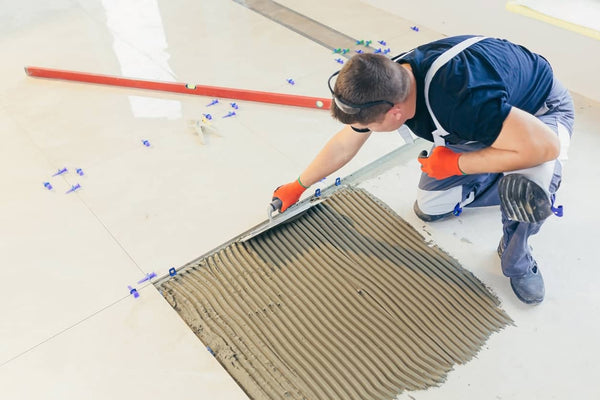My Olympic kiln was delivered with no damages. I had an issue with the stand and it was taken care of right away. Customer service will keep you informed every 2 weeks until kiln is delivered. I'm happy with the kiln and the service. Thank you
I ordered the Evenheat RM II 1822 and couldn't be happier with my purchase. I received weekly order updates from Soul Ceramics, and my kiln actually arrived a few weeks early! It arrived in perfect condition, and the folks at Soul even sent me paper copies of the manuals since I was having difficulties with the digital versions. The kiln is the perfect size for my basement studio, I've done a test fire, a bisque fire and a glaze fire, both all great and I haven't noticed the kiln heating up my house at all while running. Very happy with this purchase!
I got the Olympic Kiln from Soul ceramic and I love my kiln so much it’s small but it’s mighty! I have done a few loads already and I love it very muchhhh! Before I buy the kiln I had chats with the team and I told them how small of the space I have and what cone for my works & then they’re recommended the Olympic doll-e kiln! And they’re always help me out with the questions I have (im new to pottery) also I got my kiln so fast I think in 3 days. Will do the business with Soul ceramic again!
Soul Ceramics did a great job communicating through the entire process, and I ended up choosing an option that had to be built to order, so it took about 5 weeks to receive. I got regular weekly updates as well as prompt answers to all my questions. The LB27 EvenHeat Kiln I got with the TAP Controller is a top quality product and bigger than I will likely need, but I didn’t want to limit myself in the future so I’m happy with the extra length. I was a bit worried about learning how to program the oven, but it was incredibly easy to use! Overall I’m immensely happy with my purchase and will highly recommend Soul Ceramics and EvenHeat to anyone interested.
Kiln arrived as expected without any damage. Soul Ceramics were great through out the ordering process. They kept me updated every week on the status of my order. Great customer service. Just started using the kiln and love it so far.
Love it, arrived sooner than expected, easy to use, so quiet with the quiet fire relays.
I ordered my EvenHeat LB27 as an upgrade to my old top loader Olympic, I had so many questions leading into this upgrade and the team at soul ceramics were quick to respond and very helpful.
There were some delays in manufacturing but the team kept me in the loop with weekly updates. The unit shipped very well packaged and secured to a sturdy crate. Delivery went swimmingly.
I really couldn’t be happier with my decision to go with Soul Ceramics! Great team.
We are new to using a glass fusing kiln and have several good books for training. We purchased an Evenheat Pro STP and test fired it successfully. We also needed an instruction manual for the controls, which Soul Ceramics quickly provided. We look forward to using our new kiln for glass fusing and dichroic.
I ordered the kiln on Monday and it was delivered on Saturday… I’m so amazed! I haven’t had the chance to use it yet, but I’m really psyched to try it out once I make some beads!
Couldn’t ask for a better starter kiln! It is super easy to use and it shipped in TWO days:) (although I had to change to the in stock version which is more expensive). I’ve fired about 5 bisque and 5 glaze batches so far and it’s been amazing. I can fit about 8-12 smaller cups/bowls in a bisque firing and about 4-6 items for glaze! Fires cone 6 glazes perfectly!
























